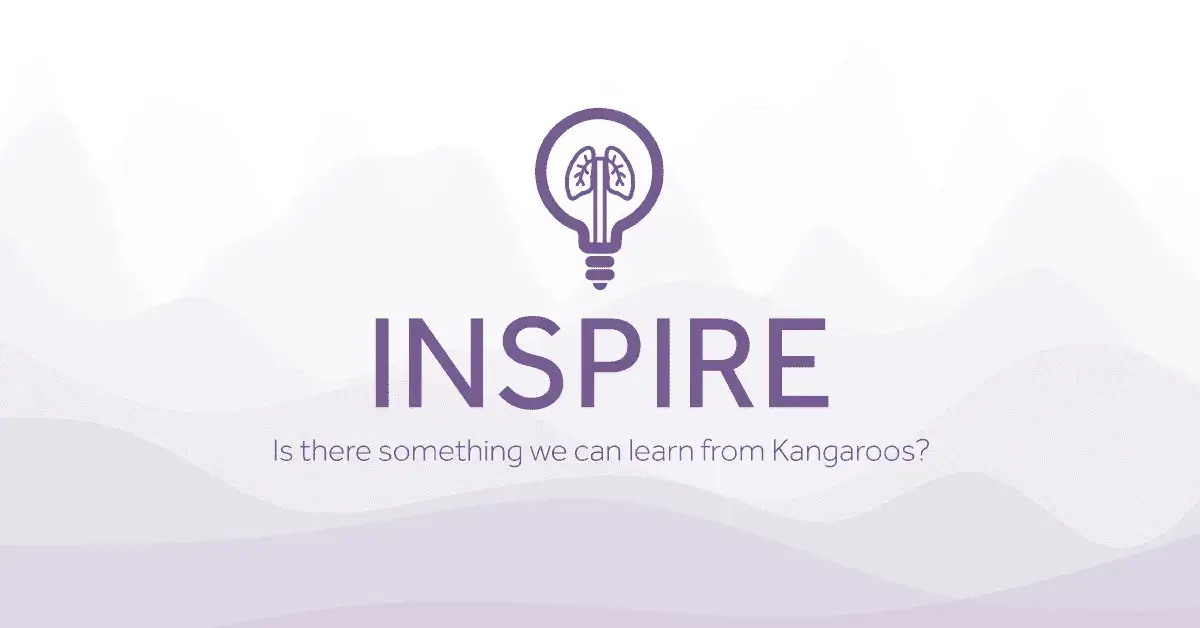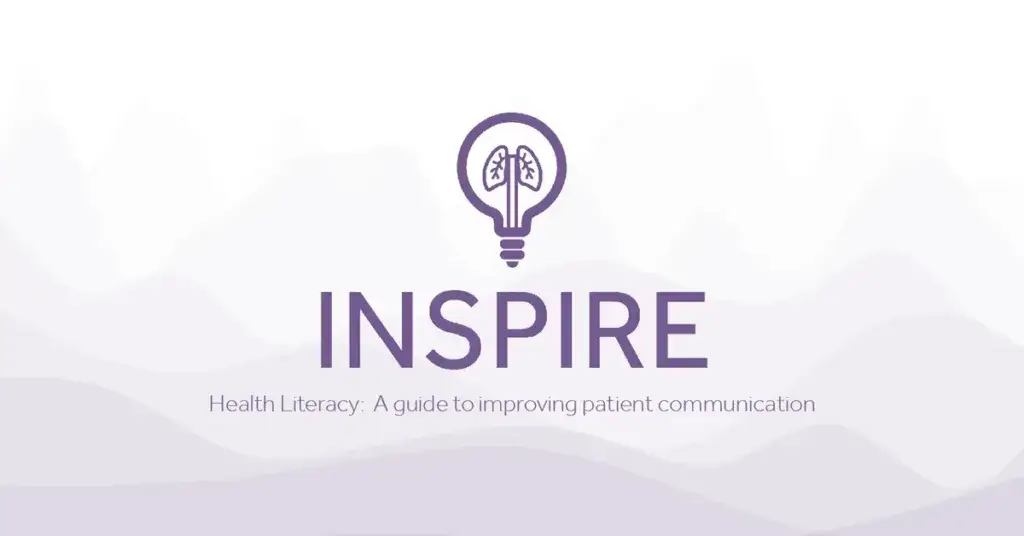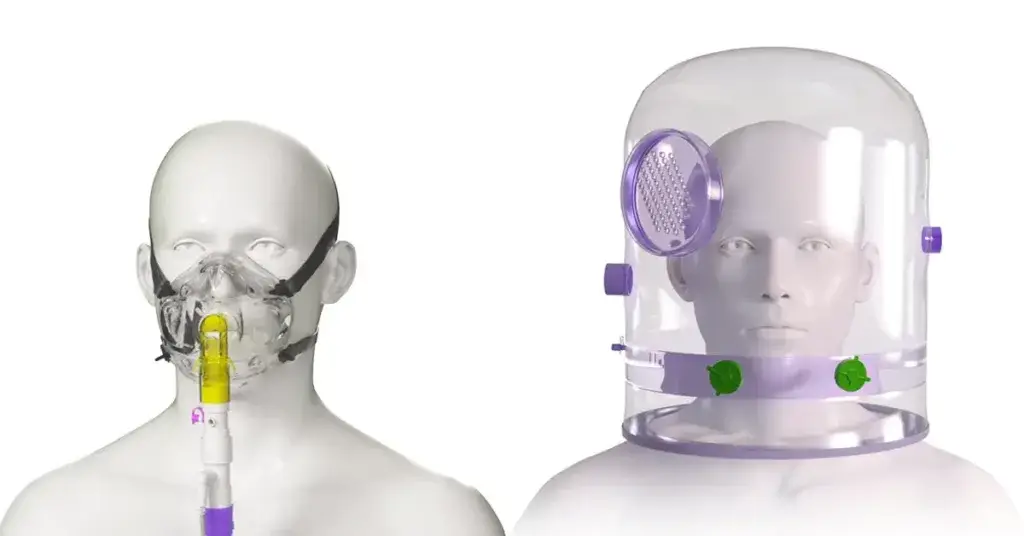Is there something we can learn from Kangaroos?

Recent studies show the early introduction of Kangaroo care can have a dramatic positive impact on the outcomes for preterm and low birth weight babies [3,4,5].
Skin-to-skin care, often referred to as ‘kangaroo care’, has become widely adopted in maternity practice and neonatal environments globally since its pioneering conception in Bogotá, Columbia. From the early 1980s this once novel technique has evolved. We now understand how adopting an approach of continual chest-to-chest and skin-to-skin contact not only provides a viable alternative in low resource settings, where incubators are in short supply and infection rates soar, but also as a tool to improve clinical outcomes through positive impacts on body temperature, heart rate, and respiratory rate [1].
What are the benefits of skin-to-skin care?
When a kangaroo ‘joey’ is born, mere weeks after conception, it is no bigger than a jellybean and without fully developed limbs, eyes, and internal organs. Over the following 6 months the joey is protected in its mother’s pouch, kept warm, feeding, and growing.
When the practice of kangaroo care is applied to mothers and babies after preterm delivery, and during time spent in NICU, baby experiences a more relaxed and less stressful environment while the positive psychological effect on the parent helps them deal with the shock of an early, and potentially unexpected, birth[2].
In the preterm and low birth weight (LBW) infant, kangaroo care ‘improves oxygen saturation, reduces cortisol levels, encourages pre-feeding behaviour, assists with growth and brain development and improves expressed milk volume’ [3]. newly published trial from Sweden demonstrated the beneficial effects of skin-to-skin contact on the cardiorespiratory stabilisation of very preterm infants in the first six hours after delivery [4] and a recent study by the World Health Organization (WHO) demonstrated that initiation of kangaroo mother care (KMC) had a dramatic impact on survival of preterm or LBW babies when started soon after birth and had the potential to save up to 150,000 more lives each year through reduced mortality rates [5].
Differing practice globally and limiting factors
Kangaroo care is one of the most low-cost interventions known to reduce mortality, infections, duration of hospitalization and cost of care among LBW infants [6], yet while the Bogotá program, and others, show benefits when baby is nursed almost continuously, in many countries a period of only one hour spent skin-to-skin every day is celebrated as a victory.
Many factors contribute to lesser durations of kangaroo care. Barriers include issues with equipment, resources and environment, impressions of negative staff attitude and lack of awareness around the benefits of kangaroo care [7]. Work is being done to address the problems associated with awareness and attitude and events such as International Kangaroo Care Awareness Day (International Kangaroo Care Awareness Day – May 15th – Kangaroo Care Day) are bringing attention to the benefits for both baby and parents while reassuring caregivers that this approach is beneficial for their patients.

When considering the issue of equipment, resources and environment a much wider view may need to be considered to provide the optimal space for continual kangaroo care to be achieved and perhaps manufacturers need to become even more intuitive with their product offering to support the hospital in providing this vital concept.
Some species go to incredible lengths to care for their young and we can learn a lot from the maternal instinct that exists in the animal kingdom. For the babies, parents and caregivers in neonatal units around the world, everyone can relate to this fight for survival.
[1] Moore, Elizabeth R et al. “Early skin-to-skin contact for mothers and their healthy newborn infants.” The Cochrane database of systematic reviews vol. 5,5 CD003519. 16 May. 2012, doi:10.1002/14651858.CD003519.pub3
[2] Rotem Kahalon, et al. Mother-infant contact after birth can reduce postpartum post-traumatic stress symptoms through a reduction in birth-related fear and guilt, Journal of Psychosomatic Research, Volume 154, 2022, 110716,
[4] Linnér, A, Lode Kolz, K, Klemming, S, et al. Immediate skin-to-skin contact may have beneficial effects on the cardiorespiratory stabilisation in very preterm infants. Acta Paediatr. 2022; 00: 1– 8. doi:10.1111/apa.16371
[5] WHO Immediate KMC Study Group. “Immediate “kangaroo mother care” and survival of infants with low birth weight.” New England Journal of Medicine 384.21 (2021): 2028-2038.
[6] Chan, Grace J et al. “What is kangaroo mother care? Systematic review of the literature.” Journal of global health vol. 6,1 (2016): 010701. doi:10.7189/jogh.06.010701
[7] Seidman, Gabriel, et al. “Barriers and enablers of kangaroo mother care practice: a systematic review.” PloS one 10.5 (2015): e0125643.





